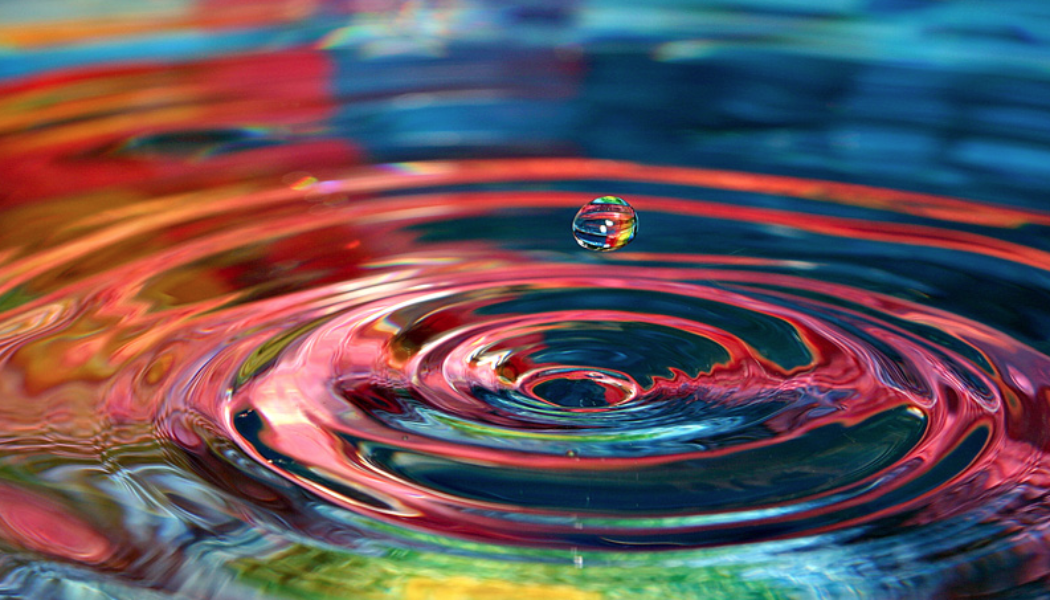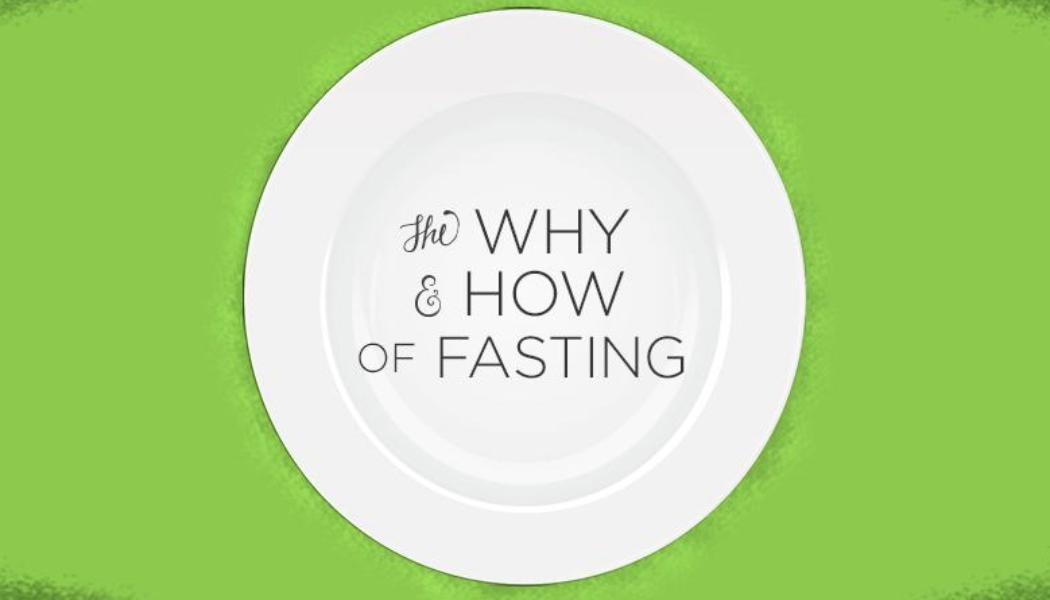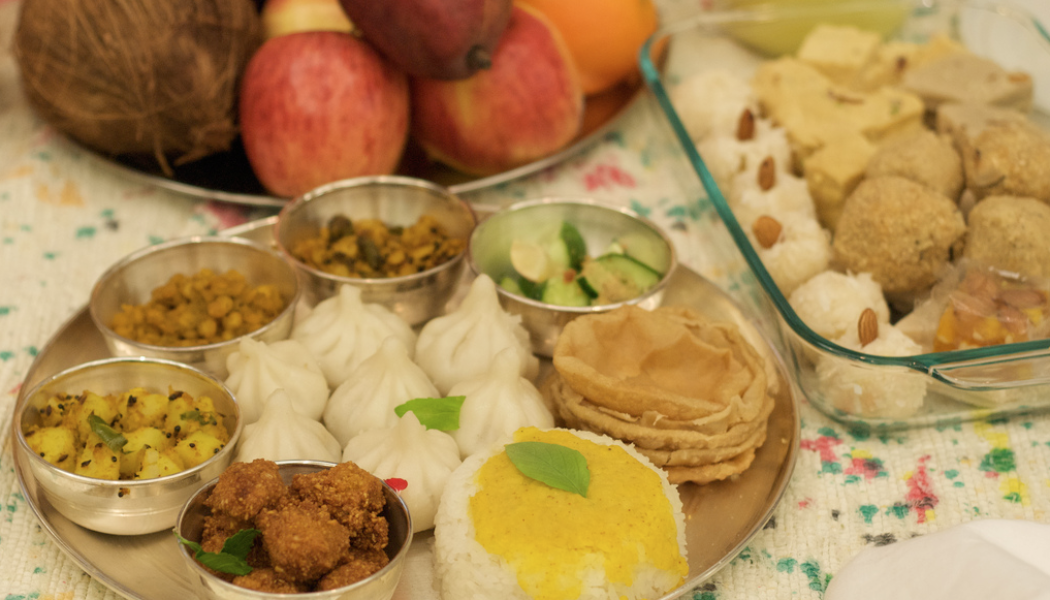Month: June 2015
Panchamaya Koshas ~ The Five Sheaths
Panchamaya Koshas ~ The Five Sheaths This knowledge is taken from Taittiriya Upanishad. It is said there, that our true nature is hidden from our perception because of the five sheaths which enclose it. Annamaya Kosha The first yoga body, Annamaya Kosha, literally means “body sheath made of food, which is an illusion”. This is our physical body. The physical is created and sustained by food. If the quality of food is high, the illusory nature of the body is more readily perceived. This is one reason why fresh and seasonal food such as fruits and vegetables are recommended as a yogic diet. Eating fresh food prepared immediately before eating results in increased vitality available to nurture this “food body”. When we eat overcooked food, stale food, or even animals t...
Ayurvedic Perspective ~ 5 Cool Ways To Stay Cool This Summer
Ayurvedic Perspective ~ 5 Cool Ways To Stay Cool This Summer Summer is here and for most, the arrival of this season marks the start of sweltering-hot weather. Ayurveda describes the summer heat as being “pitta-aggravating” which implies provoking the fire element within. It’s intuitive that the basic goal during summer is to stay cool so here are a couple ways to help beat the summer heat from an ayurvedic perspective. 5 Cool Ways To Stay Cool This Summer 1. Drink cooling herbal teas such as cumin, coriander, and fennel tea. 2. Eat cooling and more easily digestable meals such as kitchari and salads. 3. Consider applying cooling essential oils to the body, such as sandalwood and khus. 4. At bedtime, consider applying coconut oil to your scalp and feet 5. Perform a daily oil massage with ...
Fasting Therapy ~ An Ayurvedic Perspective
Fasting Therapy ~ An Ayurvedic Perspective The word fasting though denotes complete abstinence from food, Ayurveda does not advocate complete abstinence in general with certain exceptions to the rule as in the case of post-shodhana therapy. At one instance Chakrapani in his commentary states the following as the meaning of “upavasa” – उपवास: क्रोधादिपरित्यागः सत्याद्युपादानं च, वचनं हि– “उपावृत्तस्य पापेभ्यः सहवासो गुणे हि यः|उपवासः स विज्ञेयोन शरीरस्य शोषणम्” इति; || १. दीर्घञ्जीवितीयोऽध्यायः ६|| This echoes the disassociation of the krodha [anger], lobha [greed], moha [illusion], iccha [desire], dvesha [hatred] etc. from the mind and following truth is “upavasa”. By doing so, one negates his sinful activities. However, for that to happen a well fed physique ...
Kapha – 5 Sub-Doshas
Kapha = Water+Earth 1. Bodhaka Kapha: The form of water that gives perception. It is located in the mouth and tongue as saliva and allows for the taste of food. Like Kledaka, it is also a part of the first stage of digestion and even helps to lubricate the other sensory openings within the head. 2. Kledaka Kapha: The form of water that moistens. It is located in the stomach and is involved with gastric mucosal secretions as well as being involved with Rasa Dhatu. It is responsible for the liquefaction of food and for the first stage of digestion, absorption and assimilation of foodstuff. Taste is related to Rasa Dhatu and Bhodaka Kapha is directly connected to Rasa. 3. Avalambaka Kapha: The form of water that gives support. It is located in the heart and lungs. It is the storehouse of Ka...
PITTA ~ 5 Sub-Doshas
Pitta = Fire +Water 1. Pachaka Pitta: The fire which digests things. It is located in the small intestine, governs the power of digestion, absorption and assimilation, and it’s the basis and support of all other forms of pitta. Pachaka pitta is often the first consideration in the management of pitta related conditions and is considered to be our primary source of heat as the digestive fire. 2. Ranjaka Pitta: The fire that imparts color. It is located in the liver, spleen, stomach and small intestine, and gives color to the blood, bile and stool. It primarily resides in the blood and is involved in most liver disorders. Ranjaka pitta is also involved in the creation of red blood cells (RBC), so a dysfunction of Ranjaka may cause anemia. 3. Sadhaka Pitta The fire that determines what ...
Panchakarma – An Ayurveda Detox and Rejuvenation Process
Panchakarma – An Ayurveda Detox and Rejuvenation Process Ayurveda is a life science which teaches an appropriate art of living in order to achieve longevity. Ayurveda explains unique methods to help guide each and every individual on how to maintain a healthy balance by considering simple changes in lifestyle, eating habits, and exercise. Ayurveda gives priority not only to preventive and therapeutic procedures but also to purification and rejuvenation therapies. The balance within the body is mainly governed by three doshas [vata, pitta, and kapha] which is also influenced by external environmental factors like seasonal imbalances, repressed emotions, holding natural urges, bad eating habits, incompatible food combinations and irregular use of the senses: all these factors may lead ...
Top Blogs From Ayurveda & Yoga Professionals
WHAT IS AYURVEDA? Ayurveda is a holistic science that takes into consideration the whole person. According to the teachings of Ayurveda, every aspect of life contributes to our overall health. Healthy Ayurveda strives to provide knowledge on how to maintain a healthy balance in the most unique and personalized way. Our mission is simple, to make healthy living the new standard. TOP BLOGS FROM AYURVEDA & YOGA PROFESSIONALS: I have asked several highly respected individuals in the field of Ayurveda to post below, in the comment section, a link to their personal blogs. Here is what we came up with. Enjoy!
Sub-Doshas of Vata
The Five Sub-Doshas of Vata 1. Prana Vata ~ ‘Forward-moving air’ Primary air or nervous force. extends from the diaphragm to the throat, centered in the brain, governing inhalation and swallowing, as well as sneezing, spitting and belching; it is in charge of taking things like food, water and air into the system. It governs the senses, mind, heart and consciousness. It is our portion of cosmic life energy and directs all the other Vatas in the body. It determines our inspiration or positive spirit in life and connects us with our inner self. The term ‘Prana‘ is also used in a broader sense to indicate Vata in general, as all Vatas derive from it. 2. Udana Vata ~ ‘Upward-moving air’ Extends from the throat to the top of the head, located in the chest and...
The Concept of Food in Ayurveda
WHAT IS AHARA? Ahara is one of the important pillars of Ayurveda. It means that it is one of the basic principles upon which health, happiness and harmony rests. It is concerned with diet and lifestyle and is essentially preventive in nature. It is not only the food that we consume, but also what each of the 5 senses (eyes-sight, nose-smell, ears-hearing, tongue-taste, skin-touch) absorb from all that they come into contact with. Our life revolves around food. We begin each day and end each day with some intake of food! Some of us live to eat and yet some eat to live! The first cry of a newborn is for nourishment from his/her mothers milk and touch. From the first moment of our lives, food is one of the most important ingredient for a healthy body and mind. In todays time, restaurants a...
Yoga and Ayurveda for a healthy and balanced life
History: Yoga and Ayurveda both arisen from the Vedas, the ancient Indian books of wisdom. Both Yoga and Ayurveda share the same philosophy of creation (Sankhya), this is why they are called “sister sciences”. Later, Charka and Sushruta Samhitas have arisen (around 400-200 BCE). Charka Samhita deals more with medicine, while Sushruta deals more with Surgery (Shalya). Ashtanga Hridayam of Vagbhata and Ashtanga Sangraha were written later (around 4th century AD). Yoga, which was first introduced in Rig Veda (as Ayurveda), and later by Srimad bhagavatam and the Bhagavad Gita, is a bit different from the Yoga as we know it today. Hatha Yoga was first written by Yogi Goraknath, and later Rishi Patanjali introduced “Patanjali Yoga Sutras” which is much known today. More t...
The Ayurvedic View on Blood Cleansing PART I
Ayurvedic Medicine emphasizes the importance of maintaining healthy blood and offers a wealth of information about herbs which constitute blood purifying attributes. Charak Samhita: Charak Samhita states that “blood plays a vital role in the sustenance of elan vital.” When blood is pure, one experiences strength, good complexion, happiness and longevity.1 Sushrut Samhita: In Sushrut Samhita, it is said that blood is considered identical with the vital principle of a living organism; blood has properties such as redness, lightness, mobility and a fleshy smell which also characterize the five fundamental elements (earth, water, fire, air and ether). Thus blood is considered to contain the five elements in its composition.2 Blood is the origin of the body. It is blood that maintains vitality....
It’s International Yoga Day and Summer Solstice! Stay Cool with Coconut Oil
Happy 1st International Yoga Day! It happens to fall on Summer Solstice. The celebration of Yoga Day usually includes some sun salutations or Surya Namaskar, 108 of them to be exact. With the sun being at its highest arc in the sky, even one Surya Namaskar can set the heart racing. To make this International Yoga Day truly a celebration not a “heatabration”. Take the usual measures to stay cool and hydrated. Make sure you get plenty of electrolytes. Coconut Water is a good way to get hydrated and get some electrolytes while you are taking a break from today’s festivities. Using Coconut Oil internally and externally is also a great way to get the benefits of Coconut’s cooling powers. Here’s a little article we wrote that explains the Ayurvedic perspective of ...





















